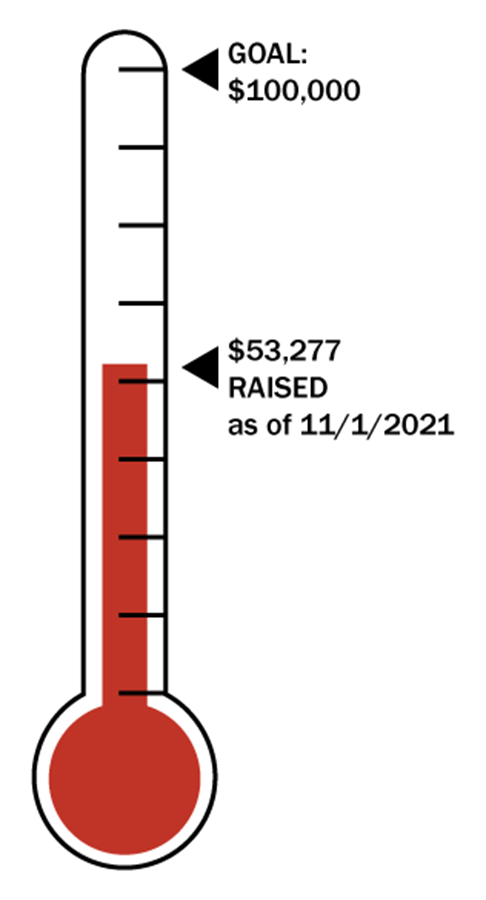The 376th Heavy Bombardment Group (376th HBG) was the first heavy bombardment group to operate in the Middle East Theater during World War II, focusing on Axis supply lines. Nicknamed the “Liberandos,” the group flew 451 missions, was awarded three Distinguished Unit Citations, and earned 15 campaign awards.
In 2017, the 376th Bomb Group Association donated the 376th Heavy Bombardment Group’s records to the Briscoe Center for American History at The University of Texas at Austin where they join the center’s extensive military history collections. The center is devoted to preserving and sharing its collections to ensure the history at the heart of American identities, origins, and values remains rooted in evidence. It is fitting that the records of the 376th HBG join this important resource.
Since the 1880s, The University of Texas at Austin has been amassing military history-related material, particularly material related to the Texas Revolution, the Mexican-American War, and the Civil War. As early as 1918, UT began collecting materials related to World War I—before the troops were even home. The logic was simple: the war would be an important avenue of historical inquiry in the future. Equipped with contributed funds, a university scholar traveled the state to gather Word War I-related materials. The resulting archive, the Texas War Records, now spans both world wars and stands as one of the largest collections related to Texas military history in existence. Much material related to the Korean and Vietnam wars has been added since the 1990s as have archives that document more recent conflicts including Iraq and Afghanistan. The military history collections include oral histories, photographic archives, art, and news media papers, as well as the personal effects of soldiers, generals, and diplomats. The addition of the 376th HBG records perfectly complements the national scope of the military history collection.
The 376th HBG Records is comprised of 18 linear feet of correspondence, newspaper clippings, legal documents, photographs, notes, microfilm, oral history interviews with veterans, and artifacts such as flight jackets, helmets, insignia, and a bomb load adjuster. The archive also includes records of the 376th Bomb Group Association’s reunions.













